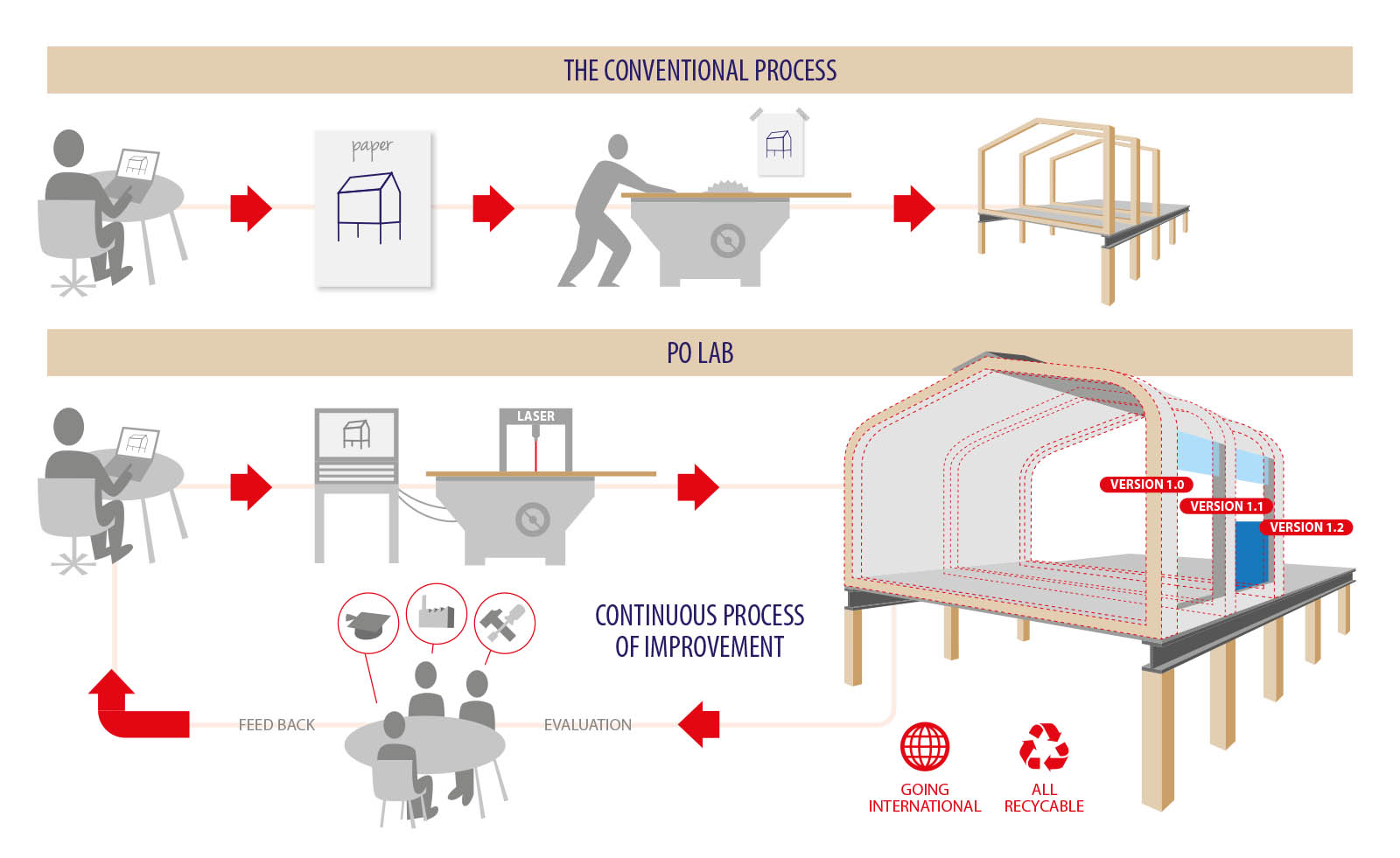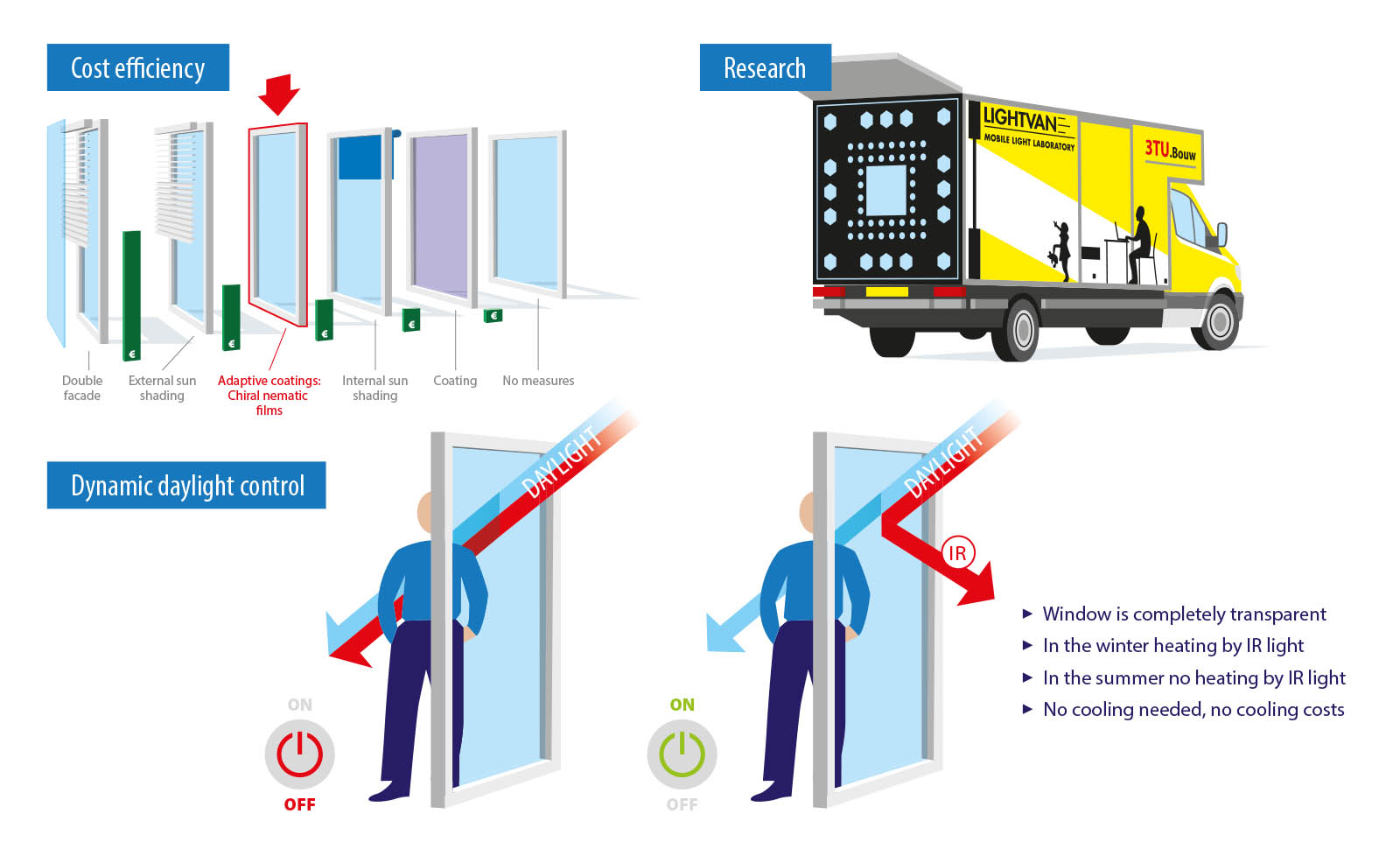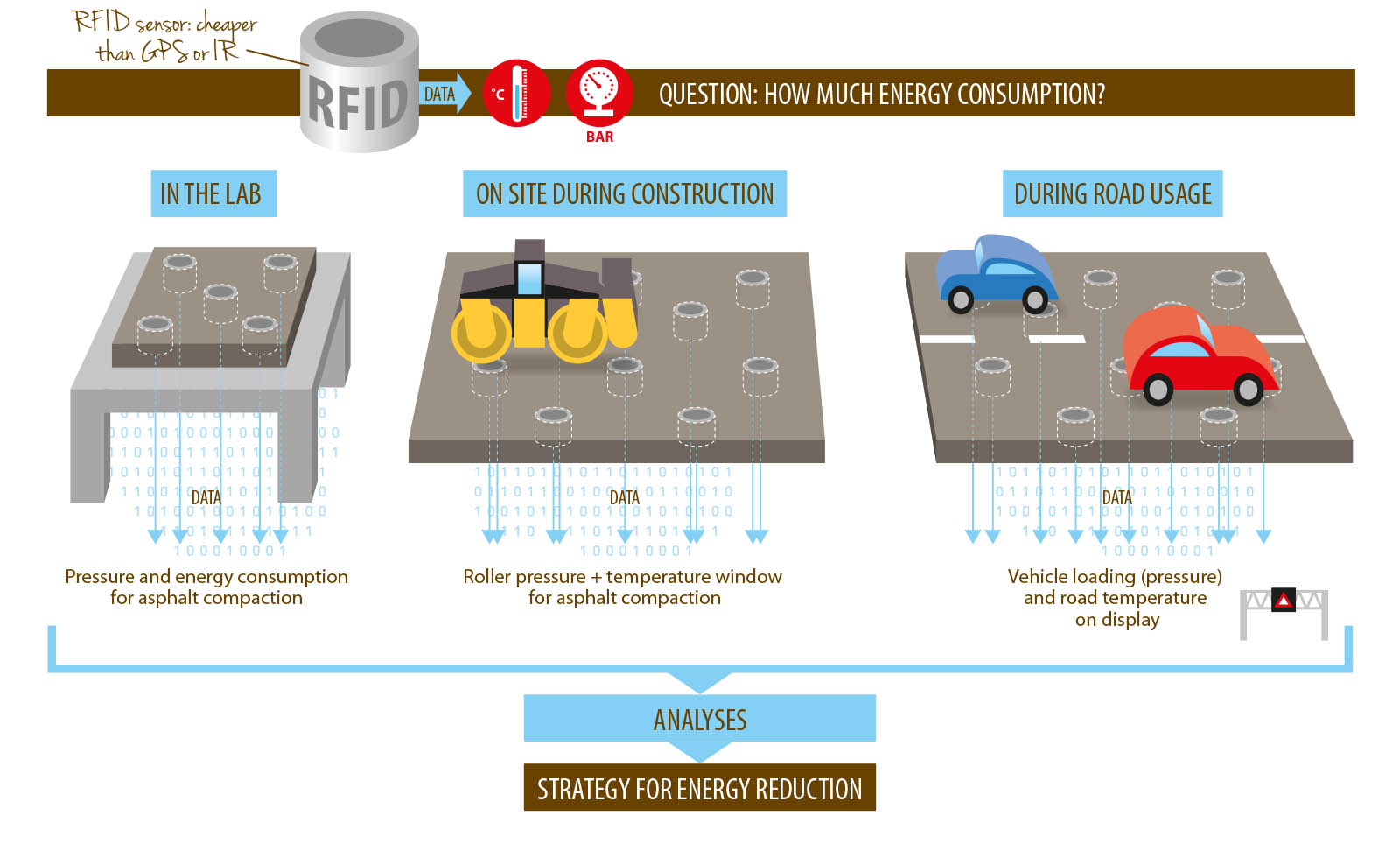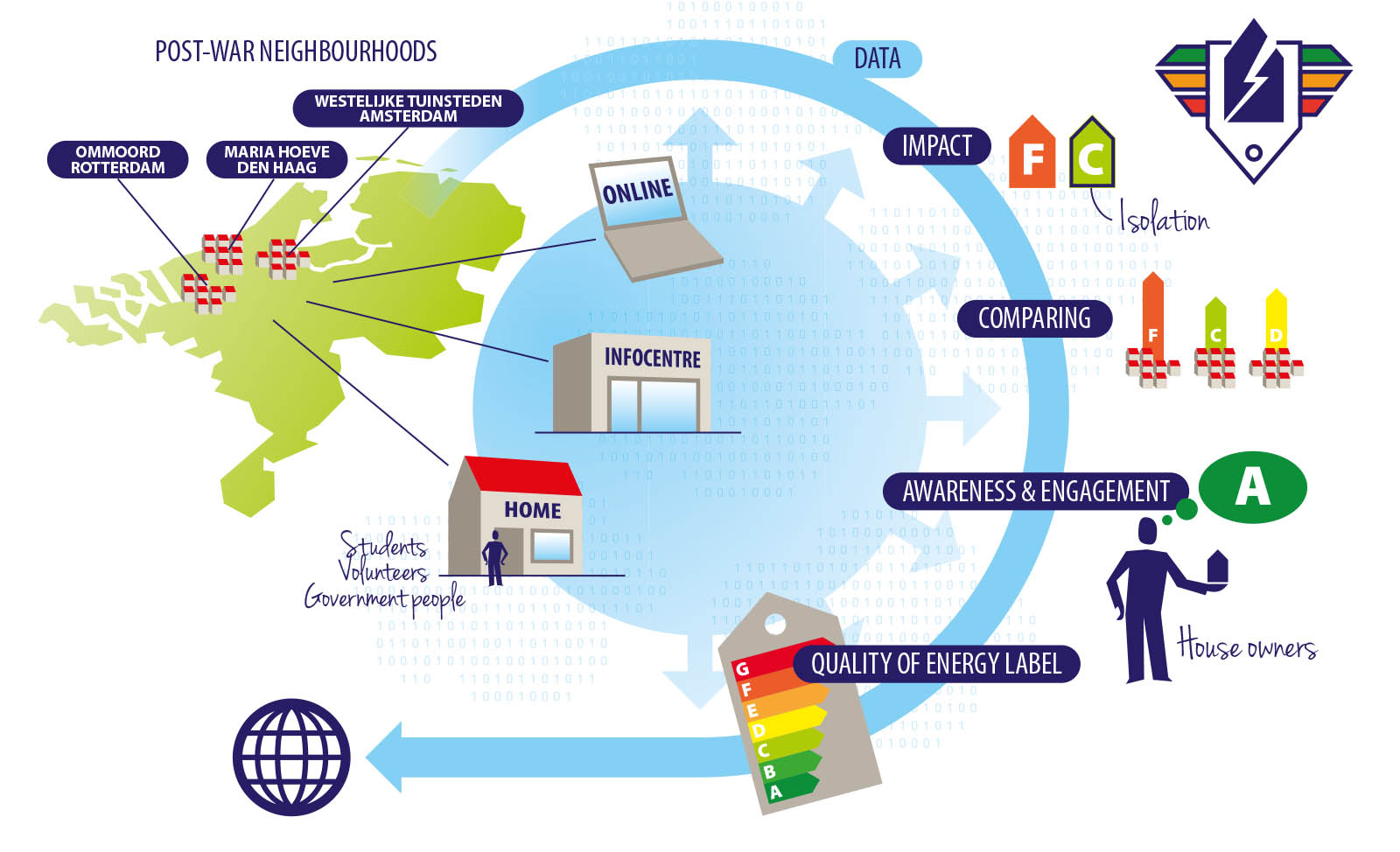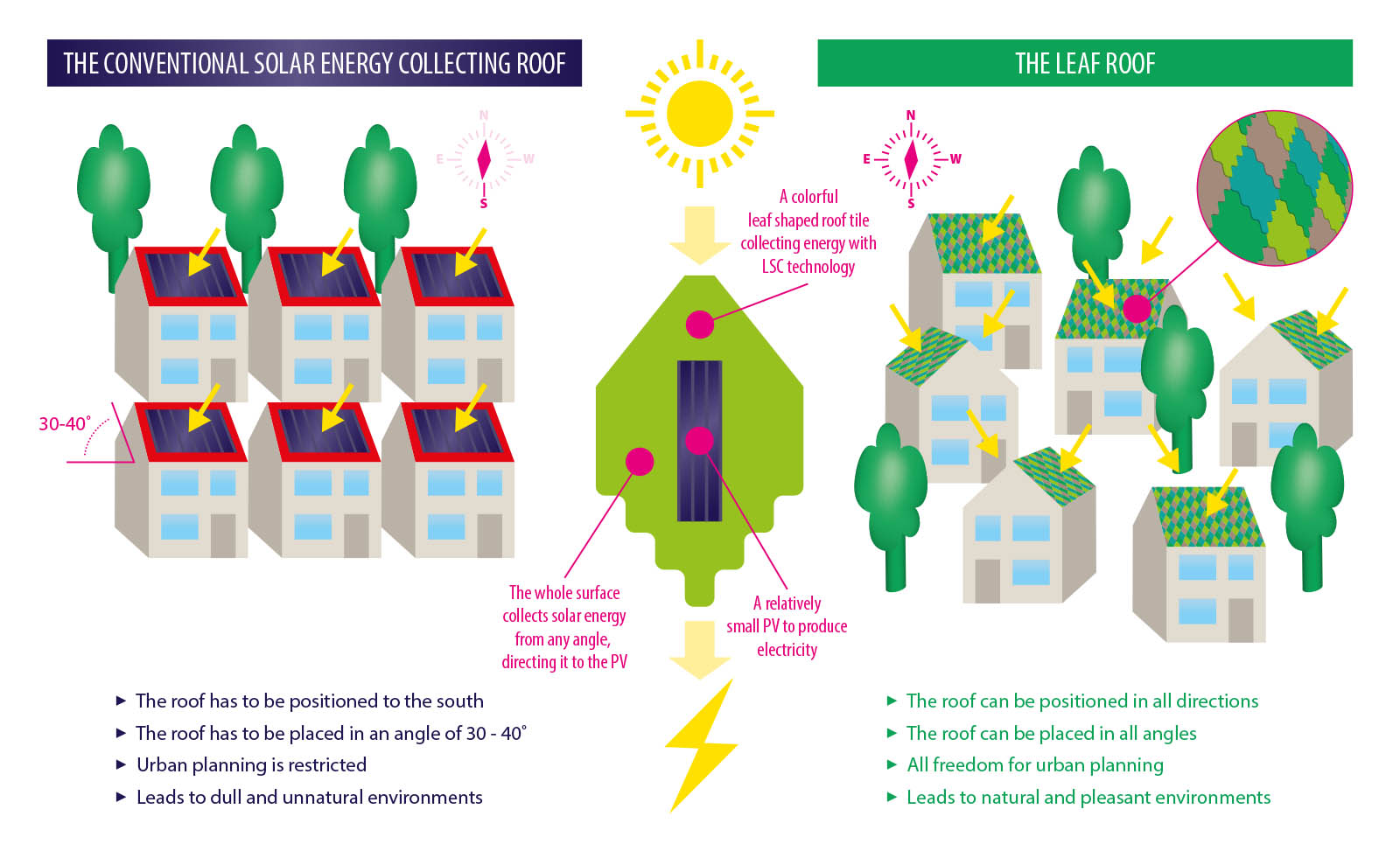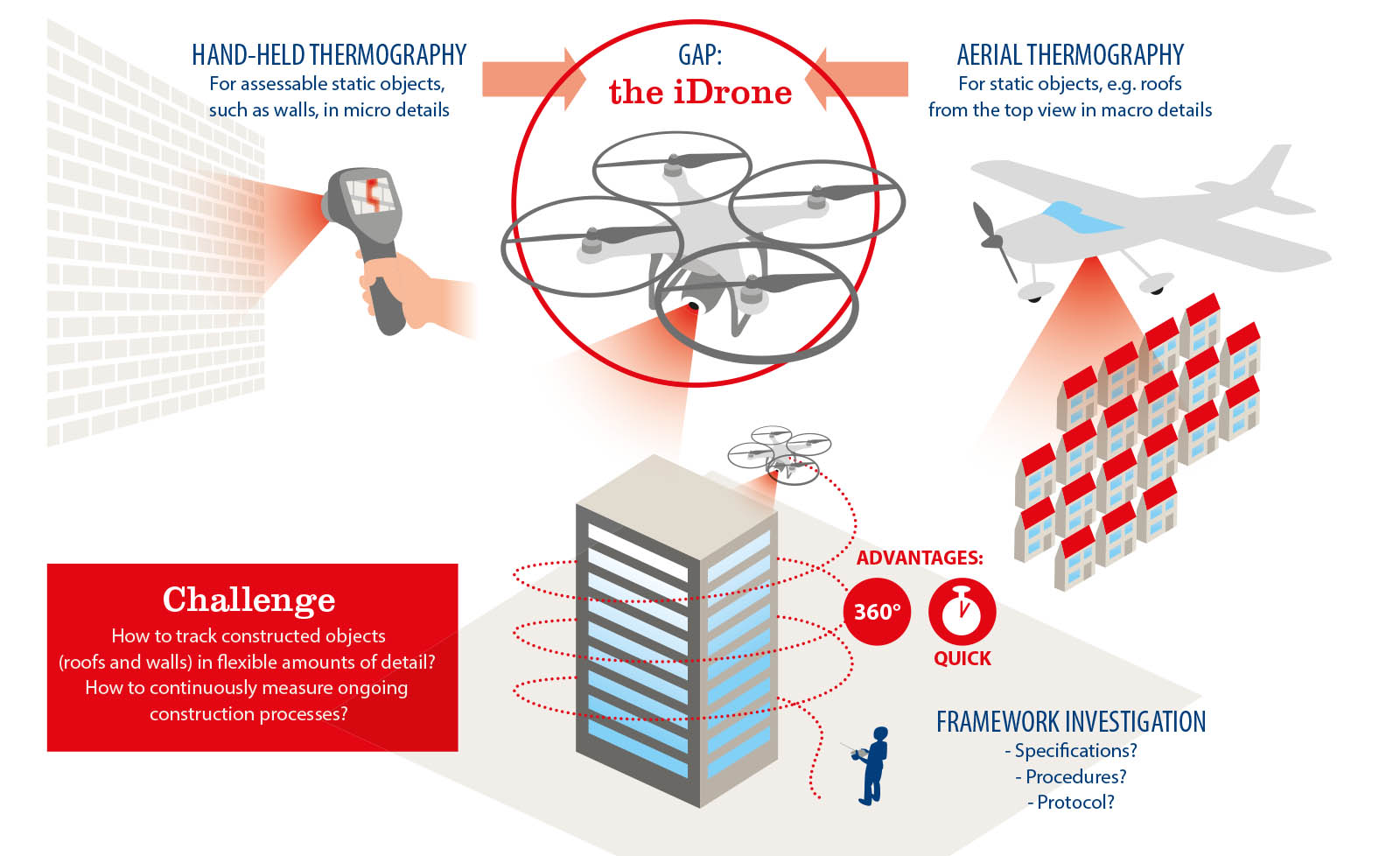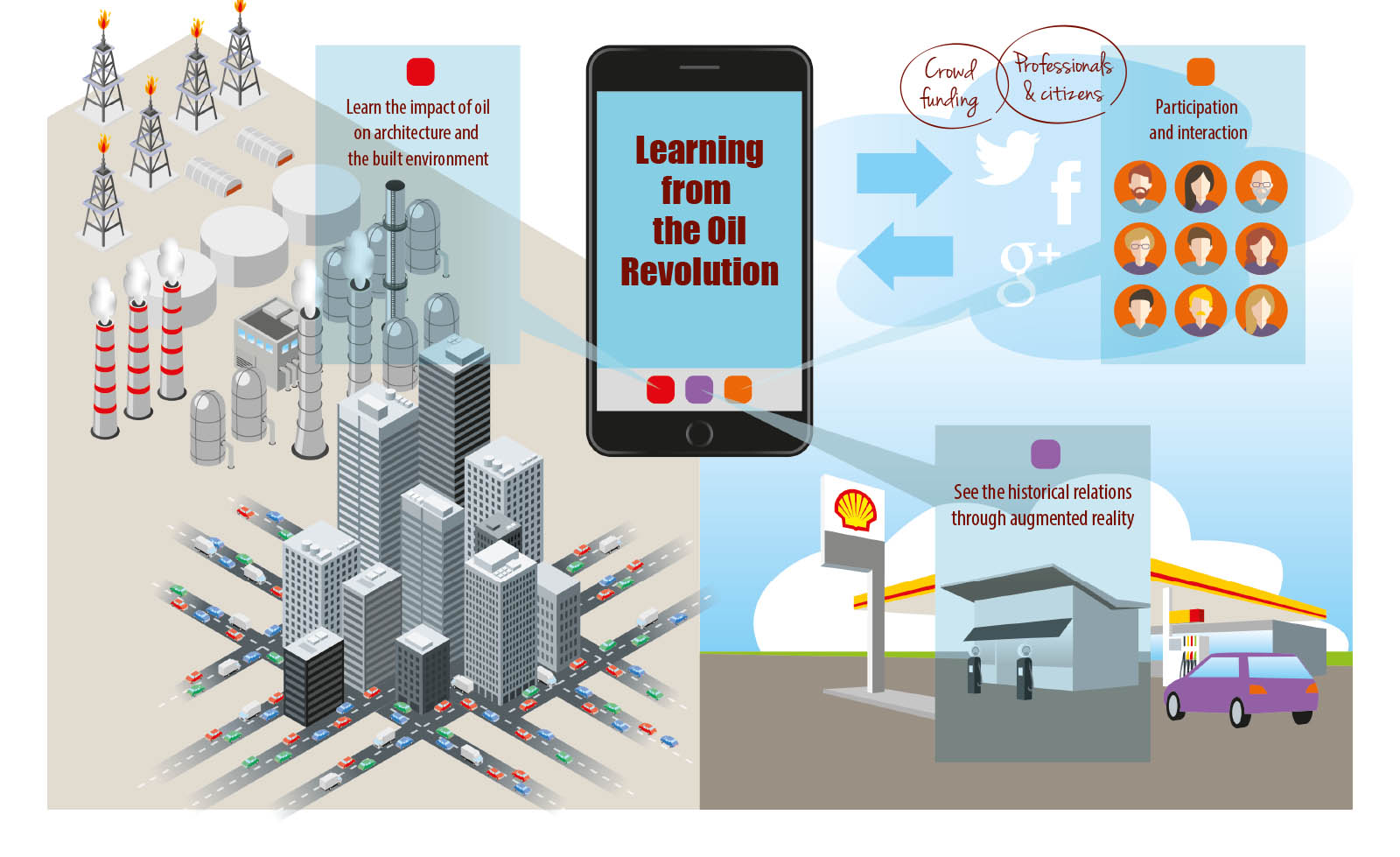
Thematic issue:
3TU.BOUW Lighthouse projects 2015
Three Dutch Universities of Technology decided to collaborate as 3TU.Bouw Center of Excellence for the Built Environment. This issue of SPOOL is dedicated to the so-called lighthouse projects that were selected based on the 3TU.BOUW Lighthouse call 2015.
‘Lighthouse projects’ aim at promoting and starting up imaginative research projects that are related to the theme ‘Energy and the Built Environment’, delivering tangible results like demo's, mock-ups, prototypes, test runs, lab environments and so on.
7 projects / xx pages
E-ISSN 2215-0900
Issue editors
Ir. Siebe Bakker, bureaubakker Delft
Dr.ir. Frank van der Hoeven, TU Delft
Projects
-
PD Lab explores the applications of building sector related product development. PD lab investigates and tests digital production technologies like CNC milled wood connections. It will also act as a platform in its wider meaning to investigate the effects and influences of file to factory production, to explore the potential in the field of sustainability, material use, logistics and the interaction of stakeholders within the chain of the building process.
-
The challenge of the future is to minimize the energy consumption of buildings while maintaining an optimal comfort level in the interior. Controlling the energy streams in and out of the building , and especially daylight management, plays an important role. It deals with many, sometimes conflicting functions of the building:
Generally a maximum of natural lighting is desired to reduce the need for lighting energy which in today’s buildings accounts for approximately 30% of the total electricity demand. But daylight contains a lot of energy. We need to block sun radiation in...
-
Governments, regulatory bodies and road authorities all push for and promote sustainability. Contractors respond with strategies to reduce their carbon footprints. Besides optimising their asphalt production and logistics processes, companies are investing in the development of low energy asphalt mixes.
Warm Mix Asphalt (WMA) is such an asphalt mixture produced at lower temperatures, thereby requiring less energy. It has recently become very popular in the Netherlands with various types of WMA products being developed by construction companies. In essence, the asphalt mix is...
-
3TU Saving Energy Battle (sEB) aimed at charting post-war neighbourhoods in energy saving rankings, and take a first step in a global monitoring tool on resource efficiency. We also tested the new process of energy performance certification, in three post-war neighbourhoods of major Dutch cities: Westelijke Tuinsteden, Amsterdam; Ommoord, Rotterdam; and Mariahoeve, Den Haag.
This monitoring tool and online short courses were developed online. Further, we organized an live event on 28 February 2015, where students and volunteers teamed up to assist building owners with the upload of...
-
Conventional solar energy collection technologies have a lot of limitations with respect to their applicability in the urban environment. The PV cells of the buildings need to be oriented towards the South at a specific angle causing restrictions on urban planning. Moreover, the aesthetics of PV cells are not well suited for building design, creating a generally dull and industrial look in urban environment.
The 3TU Lighthouse Leafroof project focuses on creating a roof design, inspired by the natural shape of leaves. By incorporating the Luminescent Solar Concentrator (LSC)...
-
Although many consider drones to be toys, multiple industries, such as the agriculture and mining industry, already know what advantages professional Unmanned Aerial Vehicles (UAVs) can offer. However, many companies in the construction industry do not seem to be familiar yet with the possible advantages of UAVs for their projects. In our 3TU Lighthouse project “Throw in the I-drone” we, the University of Twente, Delft University of Technology, and BeemFlights, would like to make the construction industry aware of the possibilities UAVs have by demonstrating possible usages, by providing...
-
This project visualizes the history and current presence of oil in our everyday surroundings in order to facilitate long-term urban sustainability and energy innovation. Designers and citizens around the world want buildings and cities to be more sustainable and ecological.
While their initiatives to reduce energy use are relevant, they often concentrate on individual structures rather than larger global flows, and on technological approaches disconnected from history, society, and culture. They fail to build a new ecological mind-set, a widespread popular culture of...
